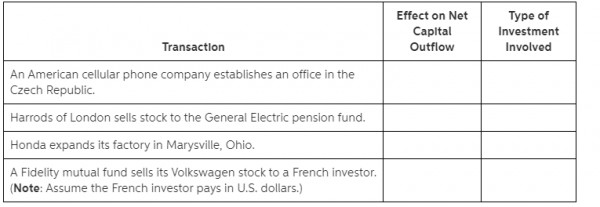Jerome has a "C" average in his philosophy course and a "B" average in his economics course. He decides to study an extra hour for his philosophy exam. This is an example of
A) ceteris paribus. B) caveat emptor.
C) using assumptions to simplify. D) thinking at the margin.
D
You might also like to view...
An apple orchard currently hires 10 workers. The owner estimates that hiring an additional worker would increase apple yields by 20 bushels per day. The price of apples is $15 per bushel. The owner should hire the extra worker if the wage rate is no greater than
a. $50 per day. b. $150 per day. c. $200 per day. d. $300 per day.
The economy is in equilibrium, TP = TE. Then, net exports fall. As a result, the __________ curve shifts __________, inventory levels unexpectedly __________, and business firms __________ the quantity of good and services they produce
A) TE; upward; rise; increase B) TP; rightward; rise; decrease C) TE; downward; rise; decrease D) TE; downward; rise; increase E) none of the above
Some policy makers would like us to believe several myths about employer-sponsored insurance. Which of the following statement is not a myth, but true?
a. Under ESI, employers pay the health insurance premium. b. Like all business expenses, employers pass on the cost of ESI to customers as higher prices and workers as lower wages. c. Employer mandates lead to the creation of more higher-paying jobs in the service sector of the economy. d. Health benefits are a free employee benefit under ESI.
Complete the following table by indicating the effect each of the following transactions has on U.S. net capital outflow and whether it involves direct investment or portfolio investment.
HINT: Effect on Net Capital Outflow answer choices are Decreased or Increased. The Type of Investment Involved answer choices are Direct Investment or Portfolio Investment.
